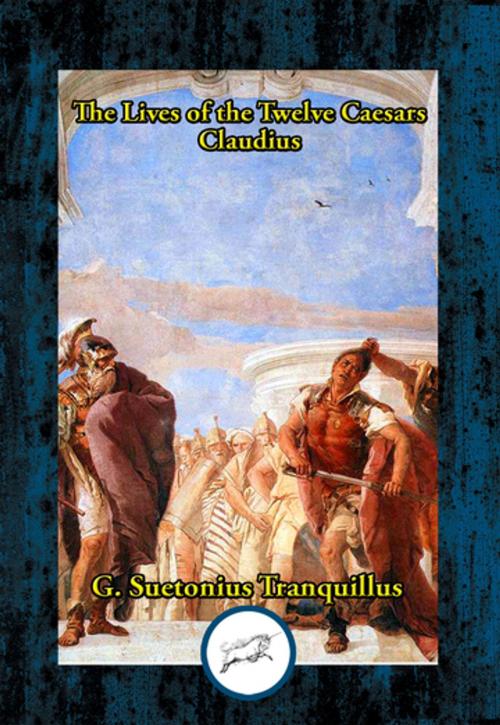Tiberius Claudius Drusus Caesar
The Lives of the Twelve Caesars Vol. V
Nonfiction, History, Ancient History, Rome, Biography & Memoir, Political, Historical| Author: | G. Suetonius Tranquillus | ISBN: | 9781515439561 |
| Publisher: | Dancing Unicorn Books | Publication: | March 29, 2019 |
| Imprint: | Dancing Unicorn Books | Language: | English |
| Author: | G. Suetonius Tranquillus |
| ISBN: | 9781515439561 |
| Publisher: | Dancing Unicorn Books |
| Publication: | March 29, 2019 |
| Imprint: | Dancing Unicorn Books |
| Language: | English |
'The Twelve Caesars' is a set of twelve biographies of Julius Caesar and the first 11 emperors of the Roman Empire written by Gaius Suetonius Tranquillus. The work, written in AD 121 during the reign of the emperor Hadrian, was the most popular work of Suetonius—at that time Hadrian's personal secretary—and is the largest among his surviving writings. 'The Twelve Caesars' is considered very significant in antiquity and remains a primary source on Roman history. Emperor Caligula is described as a noble and moderate ruler during the first six months of his reign, but appears to have devolved into cruelty, sadism, extravagance, and sexual perversity, as an insane tyrant. During his brief reign, Caligula worked to increase the unconstrained personal power of the emperor, as opposed to countervailing powers within the principate. He directed much of his attention to ambitious construction projects and luxurious dwellings for himself, and initiated the construction of two aqueducts in Rome: the Aqua Claudia and the Anio Novus. During his reign, the empire annexed the Kingdom of Mauretania as a province.
'The Twelve Caesars' is a set of twelve biographies of Julius Caesar and the first 11 emperors of the Roman Empire written by Gaius Suetonius Tranquillus. The work, written in AD 121 during the reign of the emperor Hadrian, was the most popular work of Suetonius—at that time Hadrian's personal secretary—and is the largest among his surviving writings. 'The Twelve Caesars' is considered very significant in antiquity and remains a primary source on Roman history. Emperor Caligula is described as a noble and moderate ruler during the first six months of his reign, but appears to have devolved into cruelty, sadism, extravagance, and sexual perversity, as an insane tyrant. During his brief reign, Caligula worked to increase the unconstrained personal power of the emperor, as opposed to countervailing powers within the principate. He directed much of his attention to ambitious construction projects and luxurious dwellings for himself, and initiated the construction of two aqueducts in Rome: the Aqua Claudia and the Anio Novus. During his reign, the empire annexed the Kingdom of Mauretania as a province.















